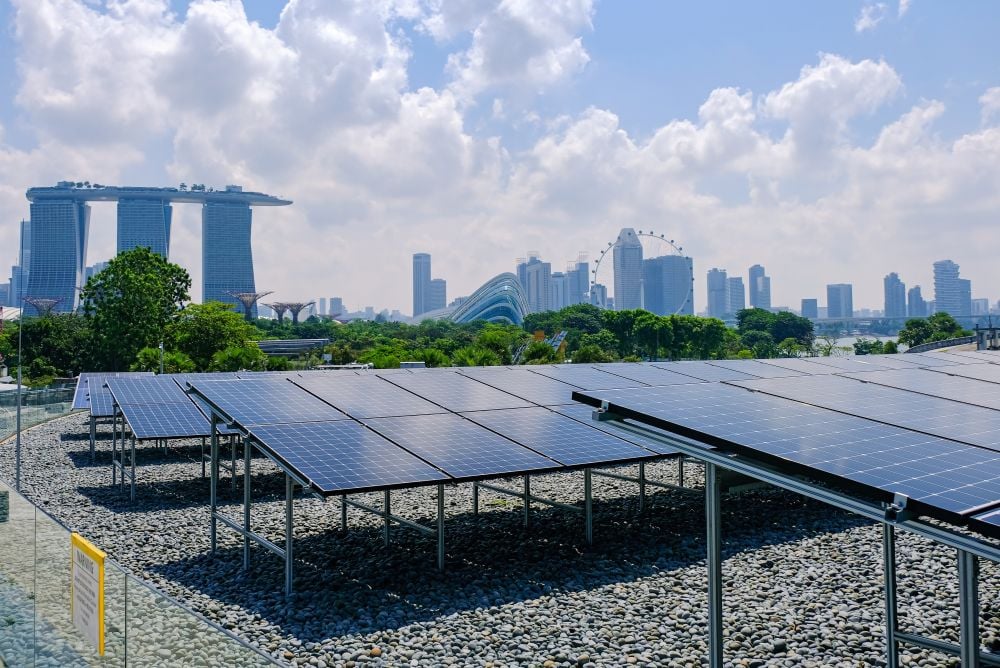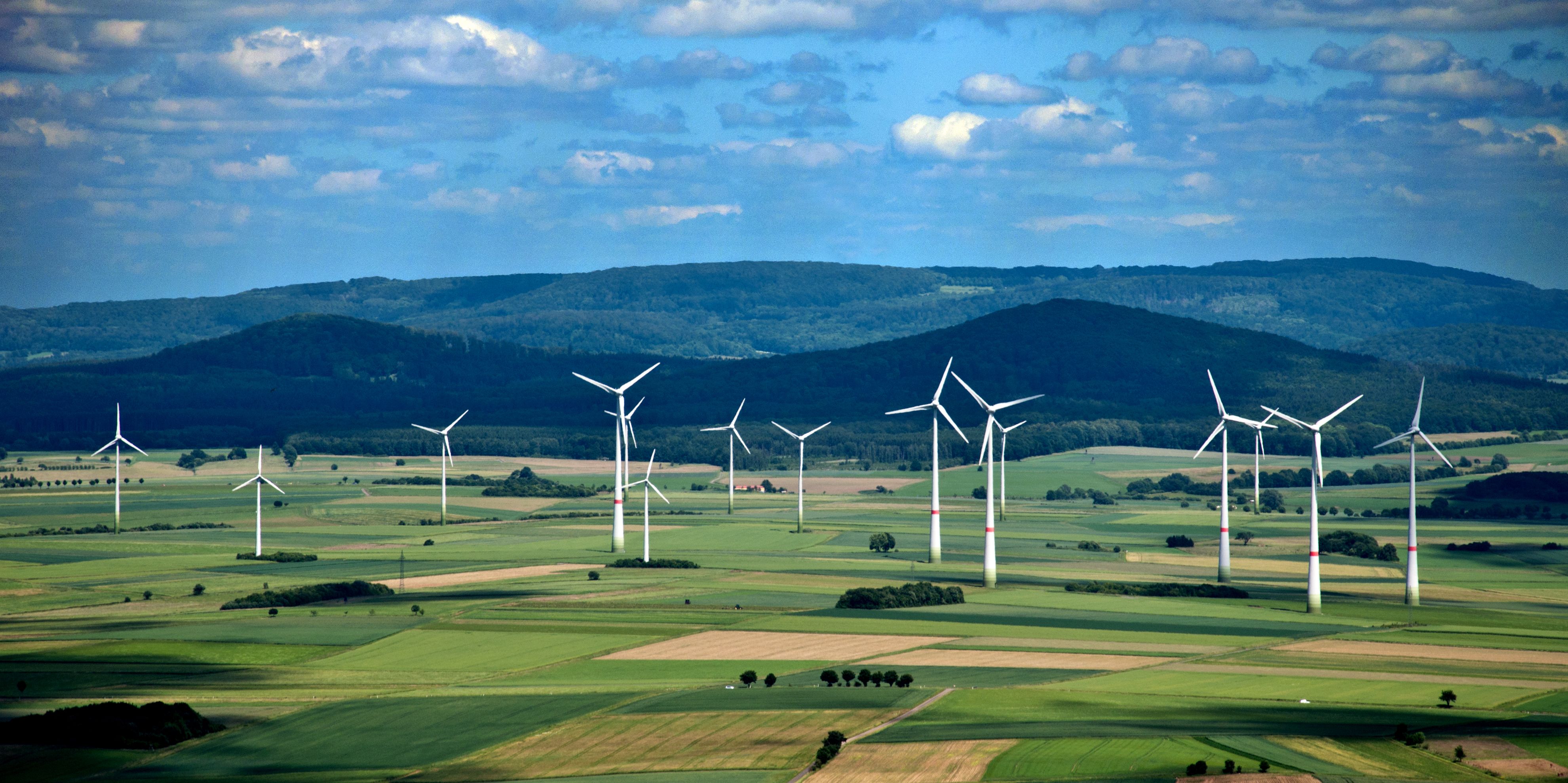As the world was fixating over the high-pitch battle for the election of the next US president in the first week of November, a convoy of container trucks from Kashgar, China’s westernmost city in the Xinjiang Uygur Autonomous Region was making their way through the 1,300-kilometre Karakoram Highway. By the 12th of November, it had arrived at Gwadar Port on the Arabian Sea in the first-ever trial run of an overland route for Chinese goods destined for the Middle East and Europe.
For China, it marks an important milestone in its efforts to find an alternate route for its exports and especially in helping to develop its westernmost region, which has lagged behind the rapid growth seen in its eastern frontier. It is the first steps as China pursues its bold ambition to revive the historic Silk Road as part of its One Belt, One Road (OBOR) initiative.
For Pakistan, it is proof that since the China Pakistan Corridor (CPEC) was first announced, the country may be on the cusp of a change that could reverse the decades of under-development that has been one of the factors propagating the history of sectarian violence in the region.
That the Chinese initiatives are fraught with risks for its infrastructure projects in Pakistan and elsewhere along the OBOR initiative including in Central Asia is without question. But Dominique de Villepin, the former French prime minister recently told The Asset that it was important to start as it creates incentives for other countries. “Projects in Pakistan have started quite well and building infrastructure means more relationships between countries.”
Shaukat Aziz, the former prime minister of Pakistan, describes the country’s partnership with China and which forms part of the OBOR initiative of Chinese President Xi Jinping as a game changer. China has committed US$46 billion worth of projects – about 17% of the country’s nominal GDP – which Aziz has described as unprecedented in the country’s history.
That commitment, in the guise of CPEC, was signed formally 20 months ago in April 2015 during the state visit of Xi to Pakistan. Already, more than US$14 billion of the funds promised have been invested. “Funds continue to come in every week, every month,” shares one informed source. “They are going to fund power plants, roads, ports and other infrastructure. Some are coming in as debt; others as equity.” By 2018, Pakistan will be able to enjoy a surplus in power for the first time.
China has had a cordial relationship with Pakistan historically. But until recently, it has never translated to actual economic activity. Part of the problem is the security situation in the country. One of China’s objectives is to build an extensive road and rail network from China’s western Xinjiang province through Pakistan’s heartland and into the Port of Gwadar, a deep-water port with a draft of 47 feet located on the southwestern coast of Balochistan by the critical Straits of Hormuz in the Arabian Sea.
When the Pakistan army finally managed to take control of the security situation three years ago, the domestic economy started to turn a corner. With a population of 220 million people that needs to eat, live, etc, the pick-up started to accelerate, one analyst notes.
Then discussion with China resumed, which involves restarting work and expanding the port and the ancillary links. With the signing of the CPEC agreement, it essentially turbo-charged the engines, explains one banker. “If China was not there, you would still have seen some growth [as a result of the improved security situation] but the Chinese investments really transformed it.” Pakistan’s problem is the lack of long-term capital, which was critical to support its power sector. China supplied the much-needed, long-term strategic financing.
Pakistan is one of the first countries along OBOR that China is doing a variety of investments. “From China’s perspective, it wants to show Pakistan as a model case of how as a result of its initiatives, it was able to transform the place,” adds one observer. “Previously the relationship was based primarily on trade with Pakistan importing from China. With CPEC, it has become an economic partnership.”
China’s stepped-up investment in Pakistan has had other spillover effects. For example, the Pakistan Stock Exchange is one of the region’s best-performing up 17.1% to mid-October 2016 according to the MSCI Share Price Index behind Indonesia (23.1%) and ahead of the Philippines (1.7%) and Malaysia (1.5%). Portfolio investors from Europe and the US are notable especially as Pakistan secured an MSCI upgrade to emerging from frontier market status in June 2016.
“Some suggests China’s commitment via CPEC to Pakistan is for it to be able to build an alternate to the South China Sea,” shares one banker. “Whatever the reason, China is taking its initiatives in Pakistan seriously.”
To read the rest of the story and entire December Issue, please click here.









